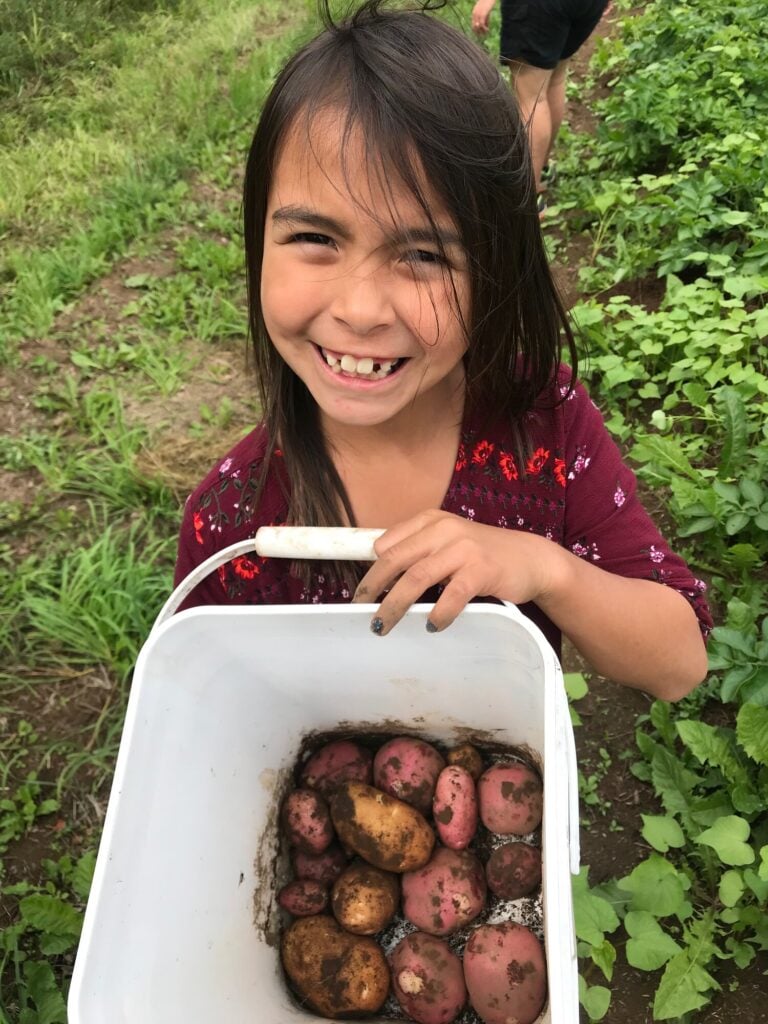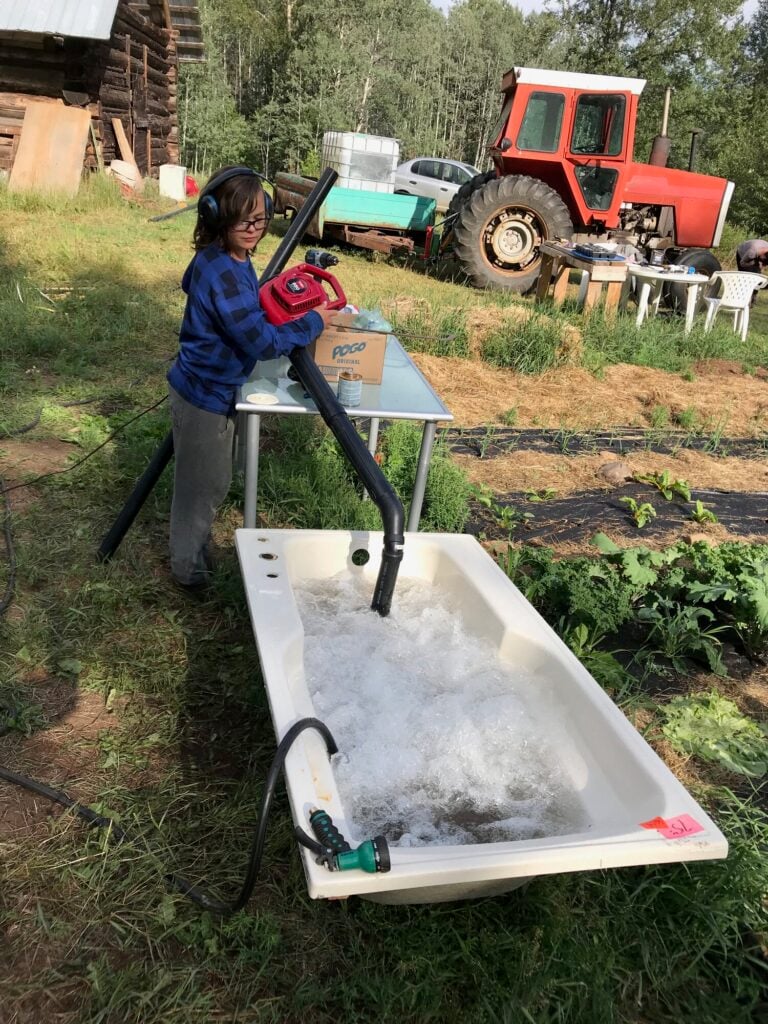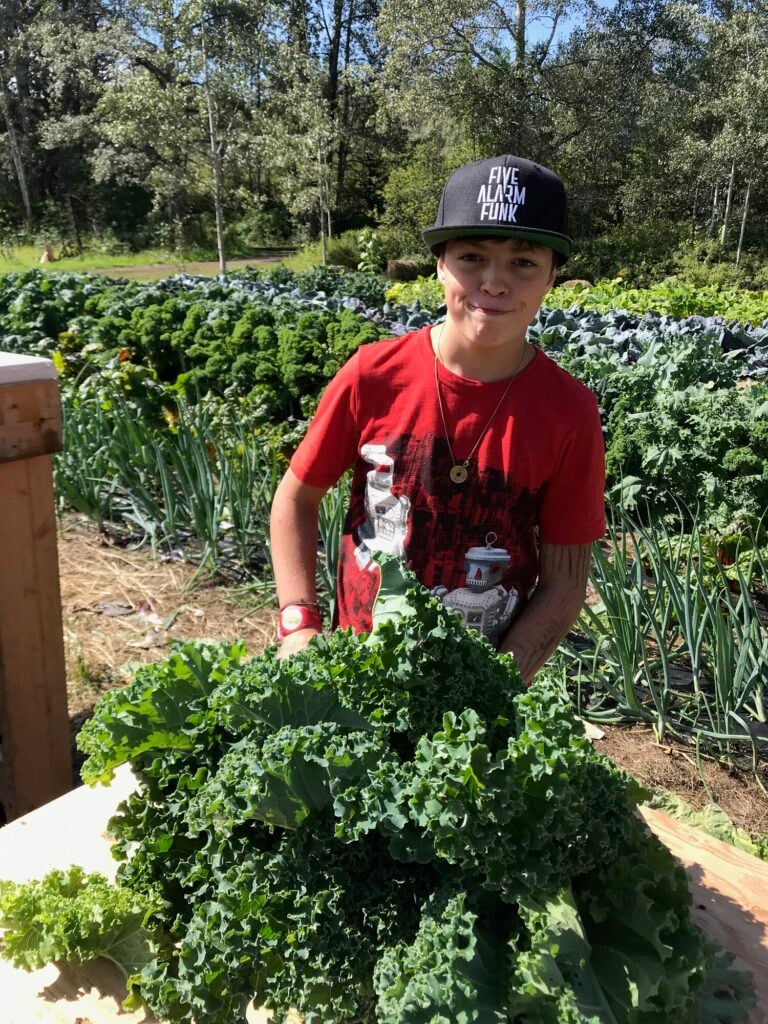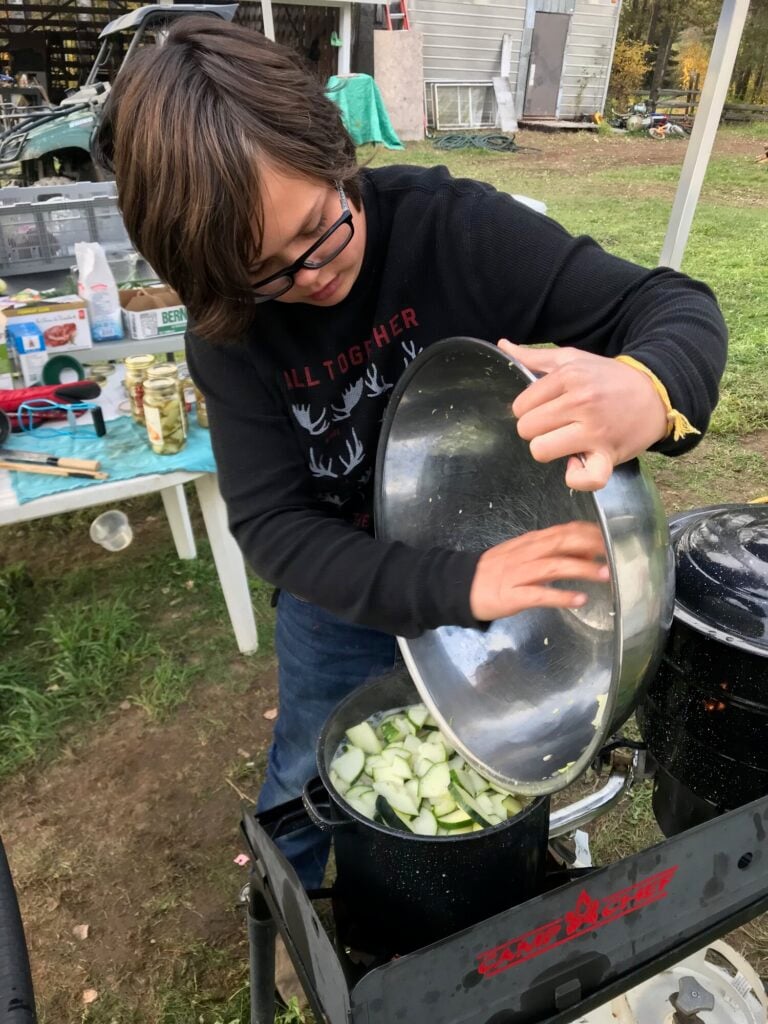The new school year is here and with concerns about COVID-19, some of you have decided to exercise your statutory right in B.C to keep your kids at home as homeschoolers. My wife and I have been schooling our two boys (age 12 and 14) at home their whole lives. We’ve been asked a lot of questions, and have put together a quick homeschooling checklist here to help you get the process started and cope with your first few weeks as a homeschooling parent.
Register your Child
Registering your child as a homeschooler is easy. Simply go to your local public school, and let them know you are registering your child as a homeschooled student. There can be confusion from staff, so be clear you’re registering, not enrolling your child. Usually there is a form to fill out. If not, you can write a letter informing the school you are registering your child as a homeschooled student.
As a homeschooler, you will not have a teacher or curriculum. You can use the province’s Prescribed Learning Outcomes as a guide if you choose. But ultimately what and how your child learns is completely up to you. There’s more on this further below.

Set up a Loose Schedule
Now that you’re keeping your child at home, you’ll need to set up some routines and cover off some basics to help keep you sane and your children safe. Keeping children at home adds a lot of work and we’ve found having some basic daily routines that the children quickly become used to is essential. Set up a schedule with all the key things on there–bedtimes, chore times, learning times, fun times–and try and stick to it.
Don’t worry about trying to mimic school schedules–kids can learn anytime, and when at home they need less time to learn because they tend to have fewer distractions. Make the schedule work for everyone as much as possible as your top priority.
Set up a Safety Net
It will be likely that you will need to leave the kids on their own from time to time, and it is very important that your children know who to go to for help if they are home alone and they need assistance. We started with phone numbers on our fridge, and now the kids have graduated to their own cell phone stocked with family and friends who are there to help them. We also use 2-way radios (walkie-talkies) on our property, so we can check in with each other often and stay safe.

Create a Learning Plan Kids Can Do On Their Own
Having direction, areas of focus, and basic learning rules for the kids is essential. Talk with them about their interests, strengths, and weaknesses. Subscribe to any online curriculum and materials that fit your learning plan. There are some absolutely excellent teachers on YouTube, and tons of free resources.
Identify with your child what activities you consider educational, and which ones aren’t. Then decide which educational topics are rewards, and which ones require incentives for your children. As an example, you might decide Minecraft has educational value, but it is a reward for your child. Perhaps your child doesn’t like Math, but you think it is important for them to learn. So, set up a rule like this: “for every minute you do Math, you can do 1 minute of Minecraft after your chores are done.”
Here are some sample rules we’ve used with our children over the years to take some of the homeschooling burden off of us and help our boys be somewhat self-motivated and keep the workload manageable:
–Get up on time and be allowed to watch an educational video of your choice
–Finish all your chores and be allowed a fun activity of your choice
–Help complete an important and urgent task and be allowed time for your passion project
Create A Social Bubble
Concerns around socializing is probably the #1 question we got pre-COVID-19. Since the pandemic though, social concerns have shifted. We recommend deciding now who is in your bubble, and what the protocols are for everyone outside your bubble, and having the kids clearly understand and practice these rules. Consider role-playing with your children so they can practice setting boundaries and following the rules (such as offering an elbow-bump instead of a hug or handshake). We highly recommend limiting social interactions to the outdoors, where the risk of transmission is significantly lower than indoors.
For bonus points, if you can create a bubble that includes another homeschooling family, you can take turns homeschooling the kids, giving each other breaks. In this case, it is very important that you are all on the same page regarding COVID-19 and understand the plan and risks.

Put First Things First
Don’t worry about school topics or curriculum, especially if your child is still young. Instead, focus on building their self-esteem, problem solving, learning skills, and passion for life learning. Concern yourself more with keeping your child mentally, emotionally, and physically healthy, engaged, and strong rather than how they are stacking up compared to the BC curriculum. A child with high self-esteem and a passion for learning will quickly catch-up with kids in the school system if need be.
What About a Dogwood Certificate?
If your child is nearing graduation age, you may want them to get a B.C. Certificate of Graduation (Dogwood). You cannot get a Dogwood as a homeschooled student, but you can get one through a Distributed Learning school. If your child is still young – below the grade 10 or 11 age, I wouldn’t worry about it. If this is important to you, you can take this year to do research and become an expert on the applicable post-secondary entrance requirements.
Will my Homeschooled Child be Able to Go To College or University?
A number of post-secondary institutions in Canada accept homeschooled students on a case-by-case basis. If your child is proficient or exceeds entry-level requirements, or has a sponsor, it is likely that they will be accepted into post-secondary as a homeschooled student. Requirements vary greatly depending on the school and type of program your child would be interested in.

Final Thoughts
Homeschooling is not easy, but it presents an opportunity for you to connect with your child and to become a larger part of their educational path. You may find yourself surprised by your child’s strengths and weaknesses – and you may also delight in finding some new paths together with them. Homeschooling gives you a chance to form a deeper bond and relationship with your child. Despite the extra effort, it can all be worth it when you see your child grow their self esteem and take on their own educational interests.





There is an intermediate step. You have the right to enrol you child for distance learning. Not all schools do this but if it is not an option offered by you local school you have the right to enrol them in another district that does offer distance learning. Since it is distance learning it does not require any attendance at the school so you can enrol with any BC school board, independent school or with a first nations school, it does not matter where it is.
The advantage is that you child has the chance to follow the BC curriculum and get the same qualifications as any child attending in person. You get prepared lessons provided and the support of a qualified teacher usually with some ‘online’ classes. It also means that the child should be able to transfer back to in-person schooling at any time. For children living in remote areas they don’t waste time on a school bus!
The disadvantages are mainly the lack of social contact with other children, same as with home schooling so having other children of similar ages in their ‘bubble’ can be a big plus.
Distance learning still requires commitment from parents in a role similar to a classroom assistant but does give a good option for those who don’t want their children in school at this time but don’t feel up to acting as their only teacher.
I have nothing against home schooling and have known some very successful ‘home schoolers’ but it is not for everyone.